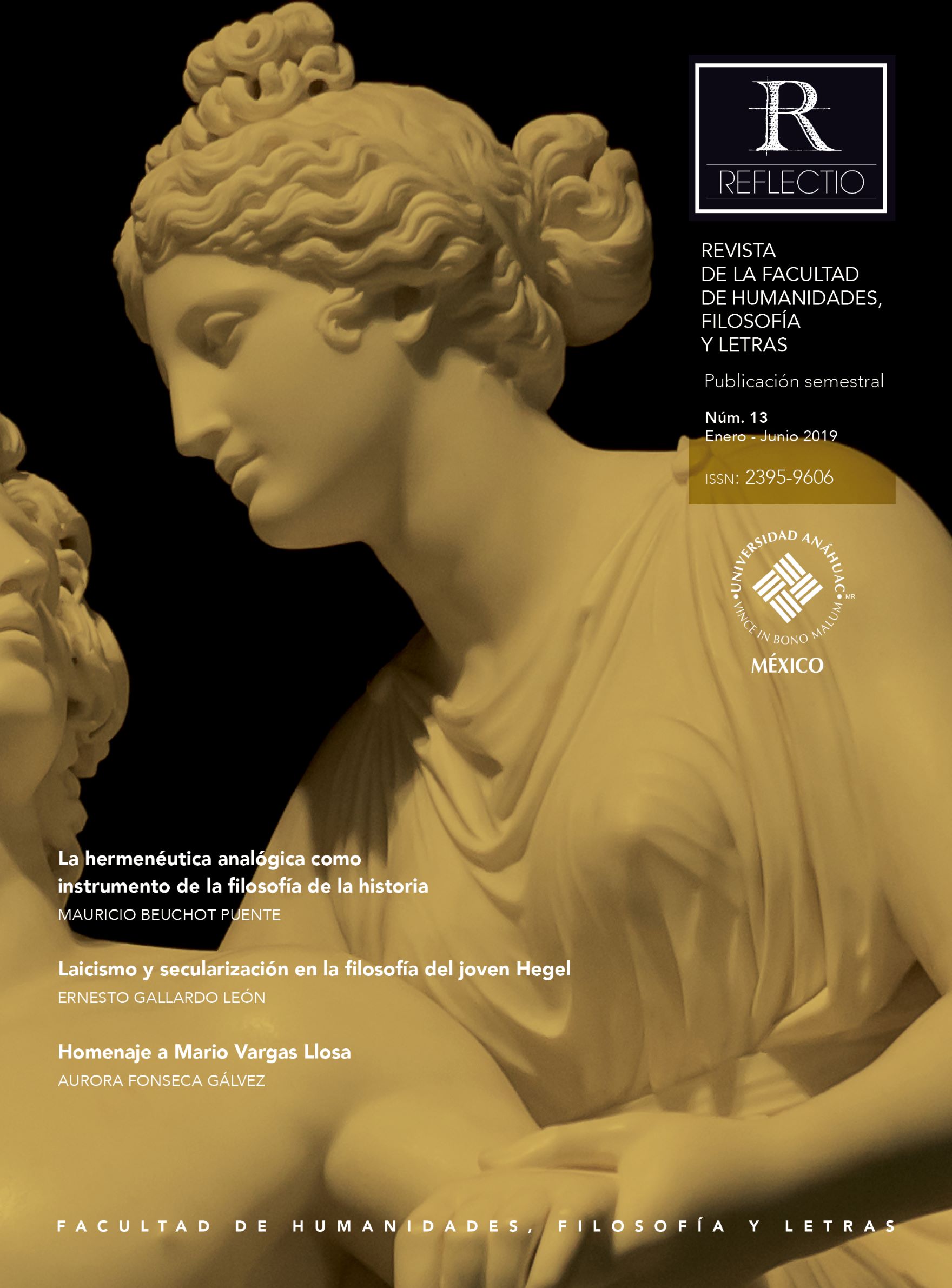La musivaria a través del programa constructivo de Justiniano (S. VI)
DOI:
https://doi.org/10.36105/rflt.2019n13.03Palabras clave:
bizancio, arte bizantino, justiniano, mosaicos, musivaria, san vital de ravenaResumen
Los mosaicos bizantinos son herederos de sus antecedentes romanos, sin embargo, fue durante el reinado del emperador Justiniano (s. VI), movido por una idea unitaria hacia la conquista de grandes propósitos, donde el mosaico maduró y alcanzó su esplendor artístico. Además, el mosaico no obedecía únicamente una función estética, sino que se consideraba trascendental desde un aspecto teológico. La fusión cultural surgida a partir de la conexión comercial entre Oriente y Occidente, potencializada con Justiniano, fue clave para el desarrollo del mosaico; reflejado en sus aspectos técnicos, filosóficos y temáticos. Encontrándose las representaciones más significativas de dicho esplendor en San Vital de Ravena, Italia.
Descargas
Referencias
Anon. “Arte Bizantino”. https://es.scribd.com/document/50600712/Anon-Arte-Bizantino-pdf (consultado el 12 de mayo de 2019).
Blanco, José. Historia y simbología en el arte musivo de Revenna. Pharos, Universidad de Las Américas Santiago, Chile. Vol. 7, 1 (2000): 3-29.
Cortés Arrese, Miguel. Los comienzos de la pintura Bizantina. Erytheia: Revista de estudios bizantinos y neogriegos. España. 1. 6 (1985): 127-137.
Gonzales, J. J. Martín. Historia del arte. Madrid: Gredos,1996.
Maier, Franz G. Historia Universal. Bizancio. México: Siglo veintiuno editores, 1983.
Maier, Franz G. Las transformaciones del mundo mediterráneo. México: Siglo veintiuno editores, 2004.
Manuales Parramón Arte. Arte Bizantino. Historia del arte e influencia del Imperio de Bizancio. Barcelona: Parramon, 2000.
Nuñez Rodríguez, Manuel. Las claves del arte bizantino y prerrománico. España: Planeta, 1993.
Plotino. Enéada I-II. Madrid: Gredos, 1981.
Pseudo Dionisio Areopagita. Obras Completas. Biblioteca de espiritualidad y meditación. https://bibliotecadeespiritualidadymeditacion.files.wordpress.com/2017/08/obras-completas-del-pseudo-dionisio-areopagita.pdf (consultado el 18 de mayo de 2019).
Rafols, J.F. Historia del arte. Barcelona: Optima, 2001.
Riutort Ana. Arte Medieval. Miami: Firmas Press, 2010.
Sanz, Ma. Jesús. El ornamento en los mosaicos de Justiniano y Teodora en San Vital de Ravena.
Erytheia: Revista de estudios bizantinos y neogriegos. España. 11-12 (1990-1991): 175-207.
Vallespín Muniesa, Aurelio. La luz dibujada en Bizancio. EGA: revista de expresión gráfica arquitectónica.
España. 19 (2012): 232-241. https://doi.org/10.4995/ega.2012.1375
Vasiliev, Alexander. Historia del Imperio Bizantino. Madrid: Iberia, 2003.
Vidales, Luis. La circunstancia social en el arte. El ámbito del arte cristiano. Boletín Cultural y Bibliográfico.
Colombia. Vol. 9, 2 (1996): 261-270.
Descargas
Publicado
Número
Sección
Licencia

Esta obra está bajo una licencia internacional Creative Commons Atribución-NoComercial-SinDerivadas 4.0.
Reflectio se distribuye bajo licencia internacional Licencia Creative Commons Atribución-NoComercial-CompartirIgual 4.0 Internacional.
El autor conserva los derechos patrimoniales sin restricciones y garantiza a la revista el derecho de ser la primera publicación del trabajo. El autor es libre de depositar la versión publicada en cualquier otro medio, como un repositorio institucional o en su propio sitio web.
















